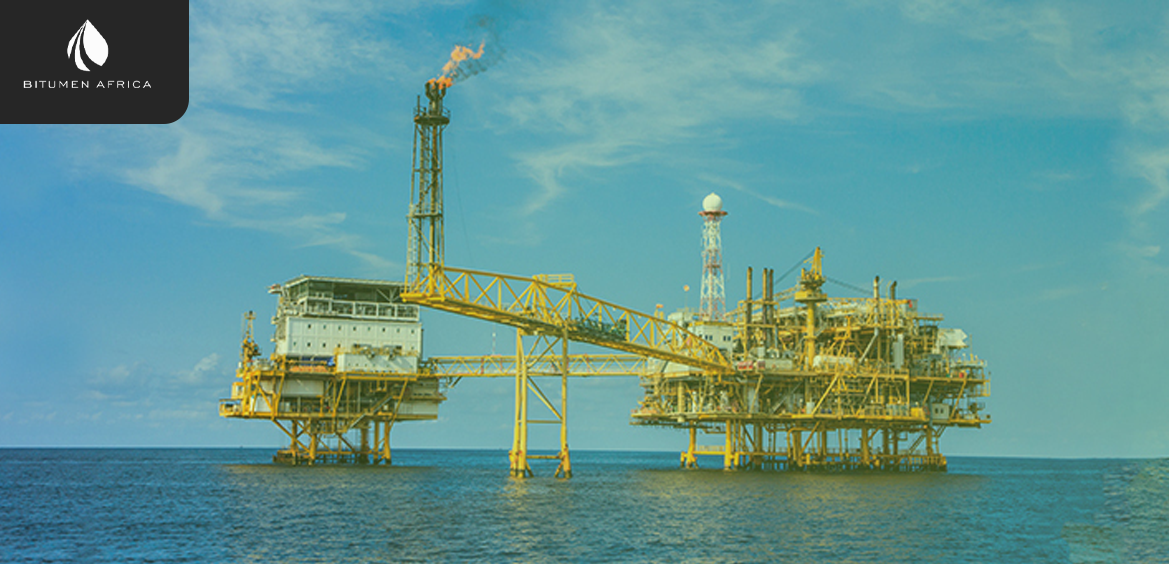Crude oil is the lifeblood of the global economy, fueling industries, transportation, and everyday life. As the world’s most traded commodity, oil production is a key indicator of economic power and geopolitical influence. While many countries contribute to global oil supply, a handful of nations dominate the industry. In this blog post, we’ll explore the top 5 countries in crude oil production and their role in shaping the energy landscape.
1. United States
The United States has emerged as the world’s largest crude oil producer, thanks to the shale revolution and advancements in drilling technologies like hydraulic fracturing (fracking). Major oil-rich regions such as Texas, North Dakota, and the Gulf of Mexico have propelled the U.S. to the top spot.
- Production: Over 13 million barrels per day (as of 2023).
- Key Players: ExxonMobil, Chevron, and ConocoPhillips.
- Impact: The U.S. has transformed from a net importer to a net exporter of oil, significantly influencing global oil prices and energy security.
2. Saudi Arabia
Saudi Arabia, home to the world’s largest proven oil reserves, has long been a cornerstone of the global oil market. The kingdom’s state-owned oil company, Saudi Aramco, is the most valuable energy company in the world.
- Production: Approximately 12 million barrels per day.
- Key Player: Saudi Aramco.
- Impact: As a leading member of OPEC (Organization of the Petroleum Exporting Countries), Saudi Arabia plays a pivotal role in stabilizing oil prices through production adjustments.
3. Russia
Russia is one of the world’s top oil producers and exporters, with vast reserves located in Siberia and the Arctic. Despite geopolitical challenges and sanctions, Russia remains a major player in the global energy market.
- Production: Around 10 million barrels per day.
- Key Players: Rosneft, Lukoil, and Gazprom Neft.
- Impact: Russia’s oil exports are crucial to Europe and Asia, and the country often collaborates with OPEC to manage global supply.
4. Canada
Canada is the fourth-largest oil producer, known for its vast oil sands in Alberta. These oil sands contain some of the largest reserves of crude oil in the world, though extraction is more complex and environmentally intensive compared to conventional oil.
- Production: Approximately 5 million barrels per day.
- Key Players: Canadian Natural Resources, Suncor Energy, and Cenovus Energy.
- Impact: Canada is a major supplier to the United States, and its oil sands industry is a significant contributor to the national economy.
5. Iraq
Iraq rounds out the top 5, boasting some of the lowest production costs in the world due to its abundant and easily accessible oil reserves. Despite political instability, Iraq has steadily increased its oil output in recent years.
- Production: Around 4.5 million barrels per day.
- Key Player: Iraq National Oil Company (INOC).
- Impact: Iraq is a key member of OPEC and plays a vital role in meeting global oil demand, particularly in Asia.
The Global Impact of Oil Production
The top 5 oil-producing countries collectively account for a significant portion of the world’s crude oil supply. Their production levels influence global oil prices, energy policies, and even international relations. However, the oil industry is at a crossroads as the world transitions toward renewable energy sources to combat climate change. While oil remains indispensable for now, the future of energy will likely see a shift toward sustainability and diversification.
Final Thoughts
Crude oil production is a complex and dynamic industry that shapes the global economy. The top 5 producers—United States, Saudi Arabia, Russia, Canada, and Iraq—each play a unique role in meeting the world’s energy needs. As we move toward a greener future, the balance between oil production and renewable energy will be critical in ensuring a sustainable and prosperous world.
What are your thoughts on the future of oil production? Share your comments below!
Disclaimer: Production figures are approximate and subject to change based on market conditions and geopolitical factors.

